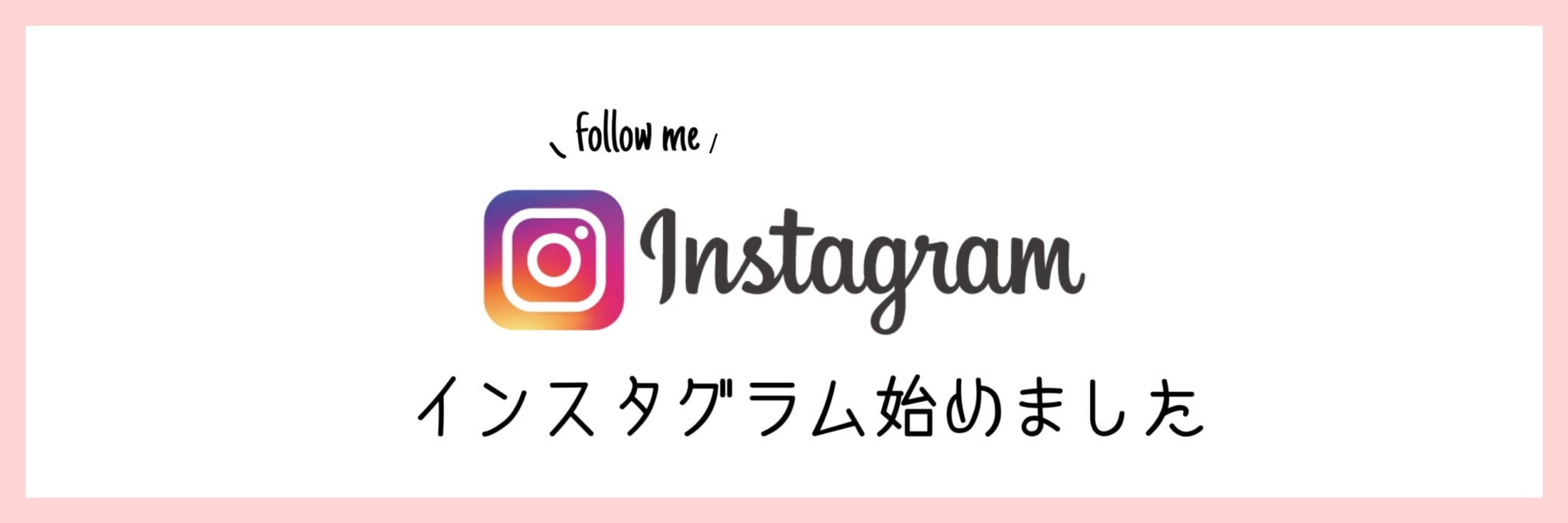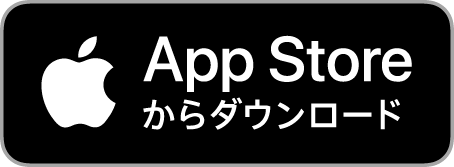Transparent Japanese Umbrella for Both Sunny and Rainy Weather, Watermark, Wooden Skeleton Japanese Style Umbrella[Dedicated page for shipping outside of Japan]
Transparent Japanese Umbrella for Both Sunny and Rainy Weather, Watermark, Wooden Skeleton Japanese Style Umbrella[Dedicated page for shipping outside of Japan]
Transparent Japanese Umbrella for Both Sunny and Rainy Weather, Watermark, Wooden Skeleton Japanese Style Umbrella[Dedicated page for shipping outside of Japan]
¥13,425
なら 手数料無料で 月々¥4,470から
134ROND@POINT獲得
※ メンバーシップに登録し、購入をすると獲得できます。
※こちらの価格には消費税が含まれています。
※別途送料がかかります。送料を確認する
※¥7,500以上のご注文で国内送料が無料になります。
※この商品は海外配送できる商品です。
size
Total length approximately 83cm
Umbrella diameter when unfolded: approx. 82cm
Weight approx. 300g
Material: nylon, wood
*This is a 2-piece umbrella. The handle has a double joint for easy storage and is removable.
*This item is made to be slightly more compact than a regular umbrella size to reduce weight, so please check the size listed before purchasing.
Japanese umbrellas are often used as props during dances such as Japanese dance and Kabuki. You can feel the original quality of the Japanese umbrella, the handle is beautiful, and the structure is light enough to be used for long dances, so you won't get tired.
It was introduced from China around the Heian period with a Japanese twist, and in the past it was used not as a protection against the rain, but as a talisman or to show authority.
Total length approximately 83cm
Umbrella diameter when unfolded: approx. 82cm
Weight approx. 300g
Material: nylon, wood
*This is a 2-piece umbrella. The handle has a double joint for easy storage and is removable.
*This item is made to be slightly more compact than a regular umbrella size to reduce weight, so please check the size listed before purchasing.
Japanese umbrellas are often used as props during dances such as Japanese dance and Kabuki. You can feel the original quality of the Japanese umbrella, the handle is beautiful, and the structure is light enough to be used for long dances, so you won't get tired.
It was introduced from China around the Heian period with a Japanese twist, and in the past it was used not as a protection against the rain, but as a talisman or to show authority.




![Transparent Japanese Umbrella for Both Sunny and Rainy Weather, Watermark, Wooden Skeleton Japanese Style Umbrella[Dedicated page for shipping outside of Japan]](https://baseec-img-mng.akamaized.net/images/item/origin/697a094e103b4518ee7307e8738046f1.jpg?imformat=generic)
















